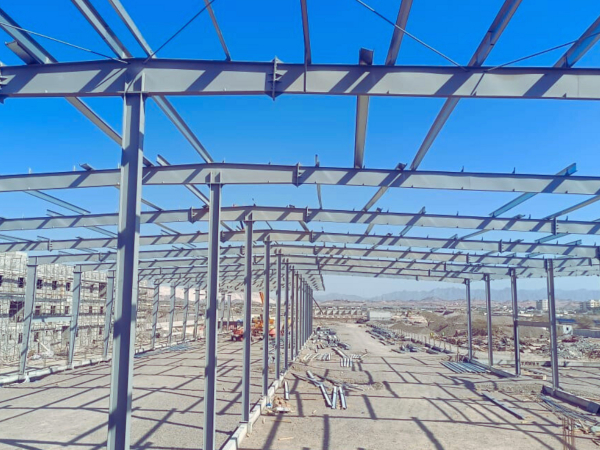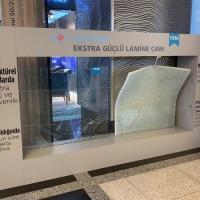Date: 21 May 2004
This unique British-designed solar electric glass, which can be incorporated into the structure of a building to produce clean electricity, is to go on sale in the UK later this year and could revolutionize the use of renewable energy in building design.
Guest speaker Stephen Timms MP, UK Minister for Energy, told the audience that the government is keen to encourage the use of products that can be integrated into buildings, increasing energy efficiency and reducing emissions. Special guest Sir Ranulf Fiennes, the artic explorer, also spoke of his first hand experience of the damaging effects of climate change and encouraged architects to introduce PowerGlaz into their building design.
Developed by BP Solar and Romag, a world leader in the manufacturer of specialized laminated glass, the joint-technology represents a significant leap forward in the evolution of solar technology. PowerGlaz creates, for the first time, a genuine building product that will be both economical and widely available to the architectural and construction sectors and help architects and developers meet the growing demand for sustainable, energy efficient buildings.
"After leaving Arups six years ago to take up the challenge of making solar panels a standard in building design, my dreams are starting to come true" said Ray Noble BP Solar's UK Sales Manager.
According to BP Solar and Romag, who have spent six years developing the product, PowerGlaz will be easy-to-install and serve the dual purpose of replacing conventional glazing materials while simultaneously harnessing energy from natural light to produce clean electricity.
BP Solar has not yet disclosed the power output and cost of the new solar glass.
PowerGlaz, which is essentially high performance solar electric cells laminated between glass panels, will also cut carbon dioxide emissions and provide a substantial percentage of the maximum power requirement of a building. From an architectural point of view, the new product will offer both striking design features and, by displacing the original building material, reduce the cost of introducing solar electric technology.
"We will begin mass production of PowerGlaz at the end of this month," said Romag Sales Director Keith Morrison," allowing solar electric technology to be used more widely and economically in the construction of buildings. By using the latest processing technology, we will be able to offer PowerGlaz in a range of sizes up to 3.3m x 2.2m. This will offer a wide choice to designers and architects. The product is simple for installers to manage and once installed is very low maintenance. It proves that our technologies are available to deliver practical and economical solar energy systems."
At the same event, Marley Roofing launched its solar-powered roof tiles, which are aimed at the domestic market. The tiles are made of Romag's laminated glass and also incorporate BP Solar cells.


















Add new comment